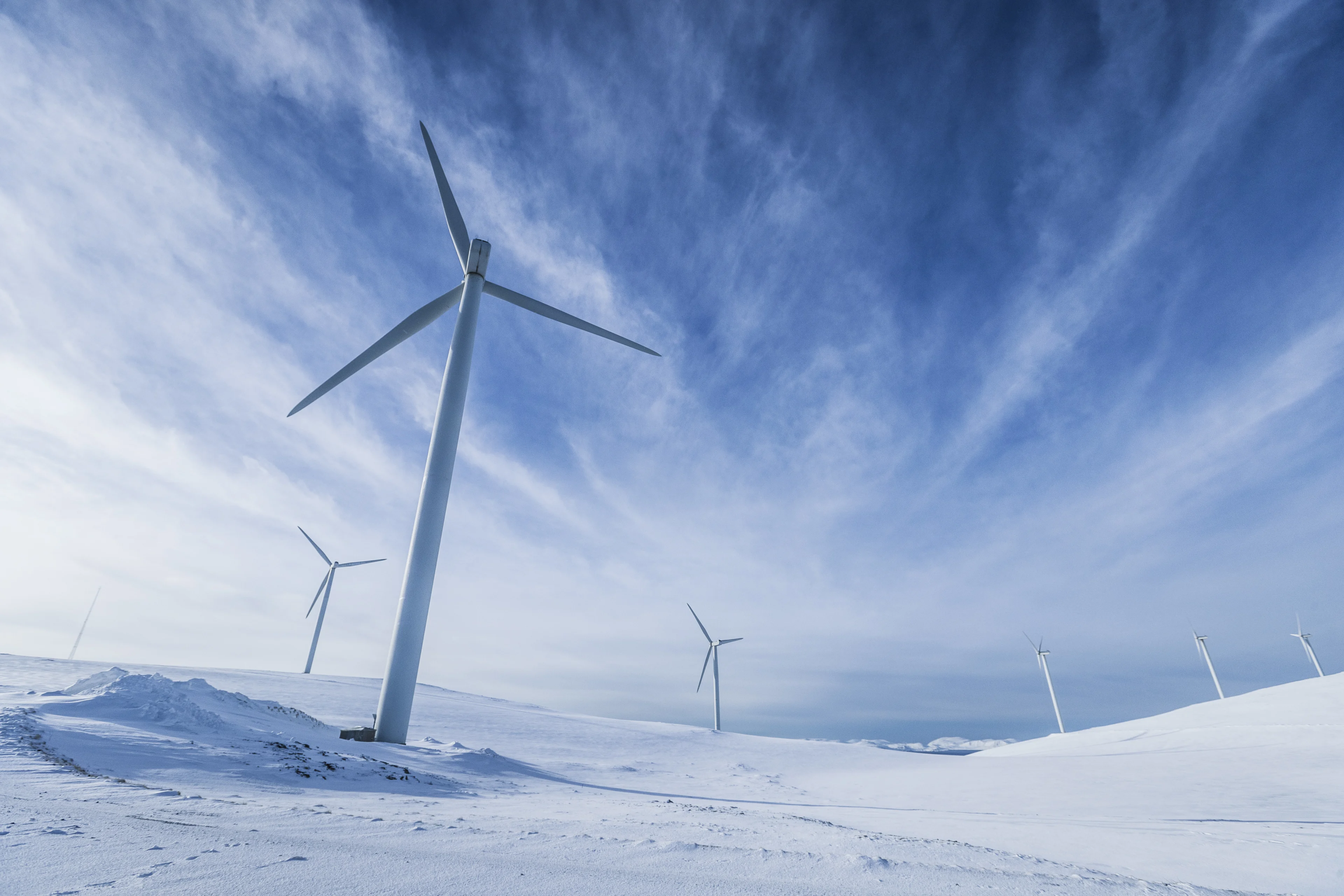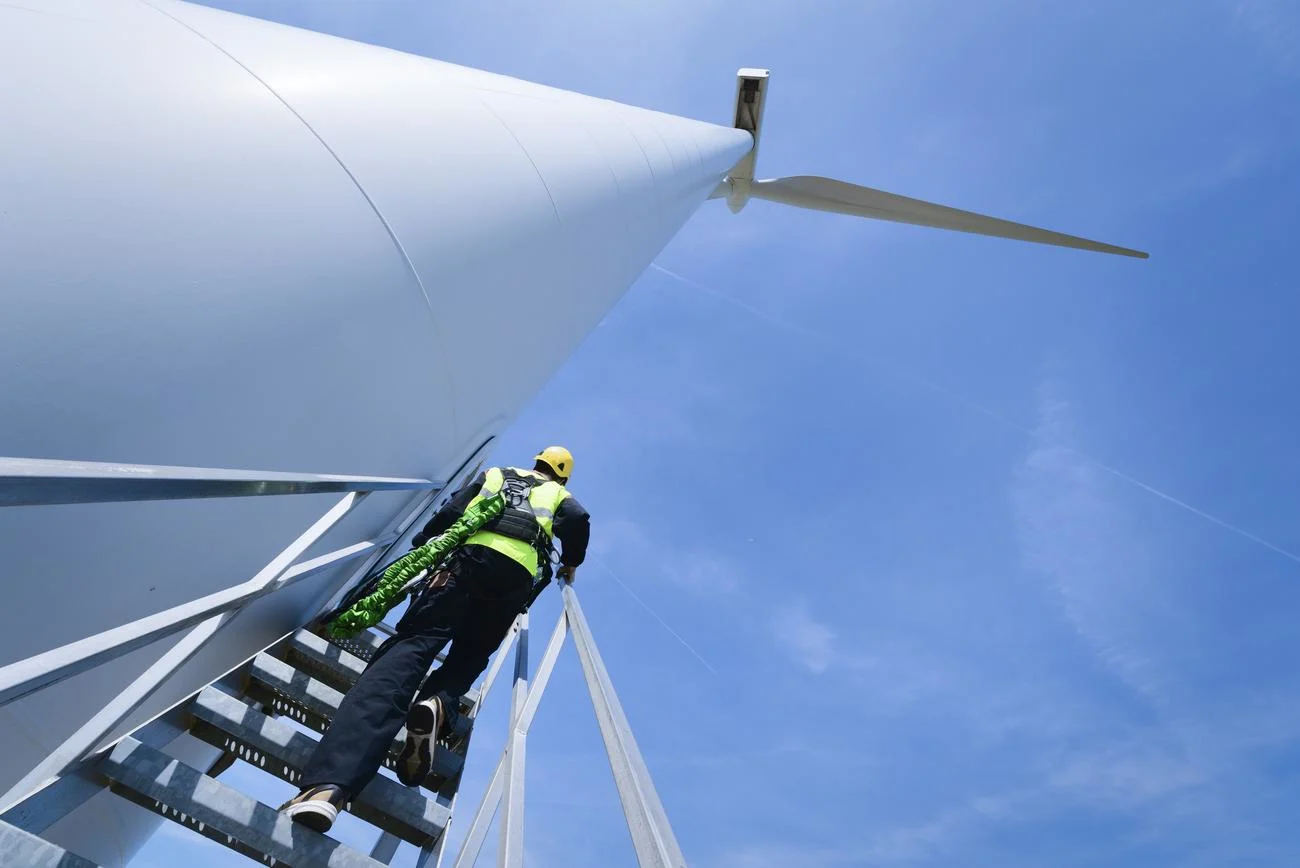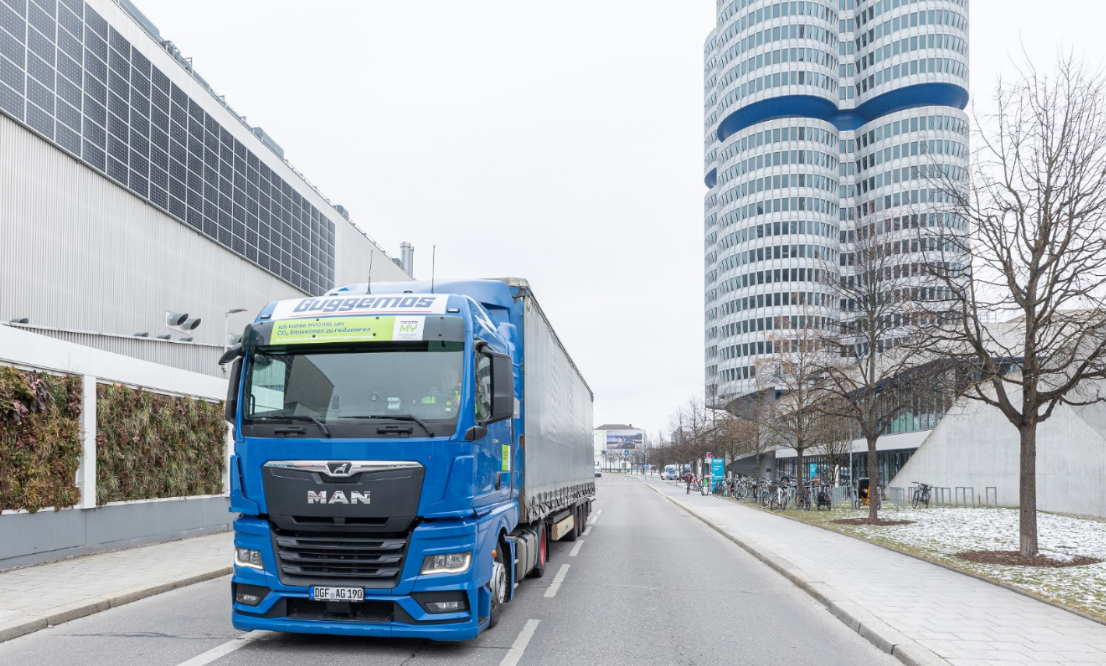
Case story
4 minute read
Statkraft and Ilmatar play significant roles in Neste refinery’s transition to 100% renewable energy
Norway-based hydropower producer Statkraft is already Europe's leading generator of renewable energy. In turn, the independently-owned power producer and wind farm developer Ilmatar is one of Finland's foremost renewable energy providers. Both organizations are in constant pursuit of new partnerships that can contribute to progress toward sustainable development goals. To this end, they have partnered with Neste to help the company switch to a more sustainable energy supply for its energy-intensive operations.
Both Statkraft and Ilmatar will provide renewable wind power to Neste’s state-of-the-art refinery in Porvoo, Finland. The supply from Statkraft began in August of 2022, while the supply from Ilmatar will come online in early 2023. Together, they will supply around 290 GWh of renewable electricity annually. Combined with Neste’s existing power purchase agreement (PPA) with Fortum, renewable wind power will contribute to a total share of around 40% of the refinery’s electricity usage by 2025.
"Our power purchase agreement with Neste is a contract for the delivery of wind power from Finland over the course of ten years,” explains Frode Berntsen, Head of Industry Nordics and Baltics at Statkraft. “We supply 215 GWh per year, thus supporting Neste in reducing 53,000 tons CO2 equivalent annually. The electricity originates from the Mastokangas wind farm in the municipalities Raahe and Siikajoki in Finland."

Renewables support the global transition towards more sustainable energy
The European Environment Agency (EEA) has called renewable energy one of Europe’s “great success stories”, but much work is left to be done. Research has found that in order to meet the climate and emission reduction goals that the EU has set, renewables will need to deliver around 32% of the union’s energy by 2030.
Additional research suggests that globally, the share of electricity in final energy consumption may rise from 20% today to over 50% by 2050, which will necessitate increasing deployment of renewables in order to support the achievement of global sustainable development goals. Companies like Statkraft and Ilmatar are helping to lead the way, working closely with partners like Neste aiming to make the switch to renewable electricity.
“According to a recent study, the electrification of industry and the rest of society will require up to a 50% increase in electricity consumption in the coming decades,” says Erkka Saario, VP Projects at Ilmatar. “Low-emission energy plays a key role in achieving the climate goals of Finland and the EU as a whole. Ilmatar's goal is to add at least 1,000 MW of new domestic wind power and solar production to the Finnish electricity grid in the coming years.”
“We not only have the largest renewable asset fleet in Europe at our fingertips, we are also cooperating with project owners and developers,” says Berntsen. “There is no one-size-fits-all-answer in the renewable energy world, and we are really happy that we found solutions that could be tailored to Neste’s demand and also meet their expectations in terms of risk appetite and commercial parameters."
“These long-term power purchase agreements will add a significant amount of domestic wind energy to the Finnish grid, highlighting Ilmatar’s role as one of the leading companies pushing to achieve carbon neutrality in Finland. Most importantly, they will support the remarkable steps that Neste is taking to create a healthier planet for the future generations,” adds Saario.
Significance for Neste’s own journey
Boosting the share of renewables in powering the Porvoo refinery is far from just symbolic for Neste. The company has highly ambitious targets of its own, aiming to make the refinery the most sustainable in Europe. Neste’s power purchase agreements contribute to that goal in parallel with the company’s green hydrogen initiative focusing on increasing the production capacity of renewable hydrogen and reducing greenhouse gas emissions from hydrogen production at the Porvoo refinery.
At the same time, Neste has launched a strategic study regarding the transition of the Porvoo refinery to a non-crude oil refining facility and a globally leading renewable and circular solutions site. All of these efforts contribute to Neste’s overall sustainability commitments, which include carbon-neutral production by 2035 and the reduction of customers’ greenhouse gas emissions by at least 20 million tons of CO2e by 2030.
Together with its customers and partners, including Statkraft, Ilmatar and Fortum, Neste contributes to the green transition in Europe and around the world. Such collaborations also help create a more sustainable economy and a healthier planet for future generations.
Credits: Neste




